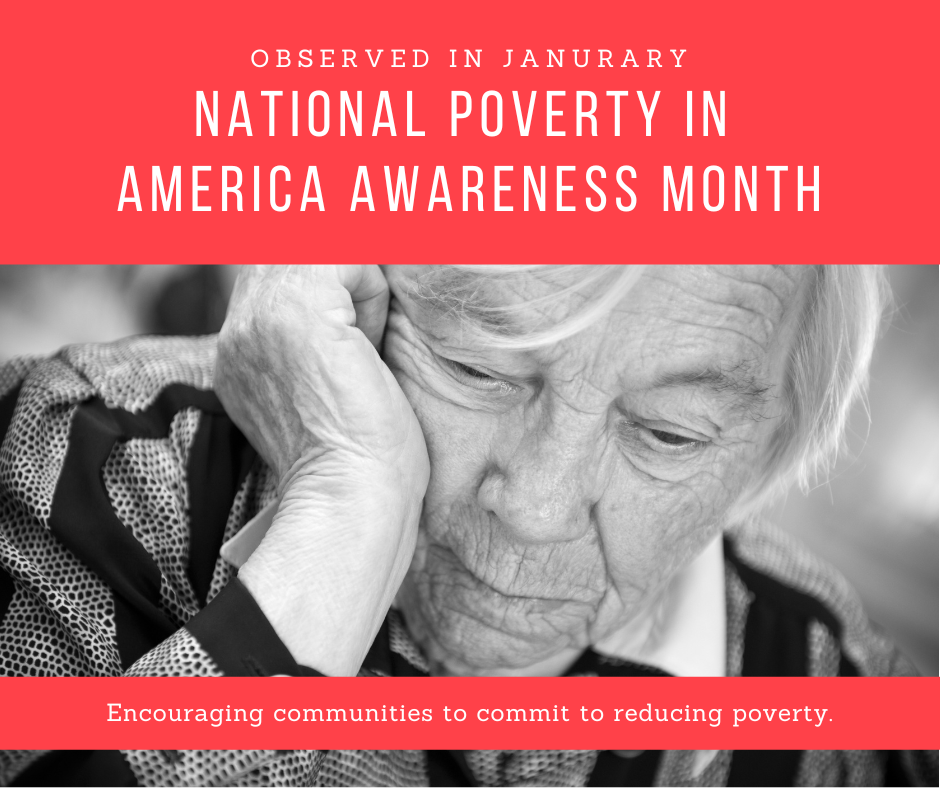Poverty Awareness and the Role of Public Employee Retirement Plans
National Poverty in America Awareness Month is observed every year in January. This observance aims to recognize the severe conditions of poverty that many people live in. It provides an opportunity to learn more about this social issue, raise awareness among others, and understand how everyone can help.
During this month, the U.S. Census Bureau provides key statistics and information about poverty in the United States. For instance, in 2022, the official poverty rate was 11.5%, with 37.9 million people in poverty. According to the Bureau, neither the rate nor the number of people in poverty significantly differed from the prior year.
The Supplemental Poverty Measure rate in 2022 was 12.4%, an increase of 4.6 percentage points from 2021. According to the Bureau, it is the first increase in the overall SPM poverty rate since 2010.
This month-long observance encourages individuals, communities, and policymakers to commit to making a positive change and to work towards reducing poverty in America.
Public employee retirement plans can have an impact on the national poverty rate in America in several ways:
- Public Sector Employment: Public employees account for 14% of the labor force, and employee benefits comprise about 35% of the employment cost of public employees, according to the National Bureau of Economic Research. This implies that public sector retirement plans cover a significant portion of the U.S. workforce.
- Social Security: According to the Census Bureau, Social Security is the most important anti-poverty program, moving 28.9 million people out of SPM poverty. Some public sector employees are offered the opportunity to enroll in supplemental retirement saving plans, which can provide additional income in retirement and further reduce poverty rates.
- Retirement Income: According to the Social Security Administration, the poverty rate for persons aged 65 or older when estimated using public-use CPS data (9.1%) was 2.2 percentage points higher than the estimate using CPS results validated with administrative data (6.9 percent). This suggests that retirement income, including that from public employee retirement plans, can significantly impact poverty rates among older people.
- Defined Benefit Pension Plans: According to the National Conference on Public Employee Retirement Systems, most public employees choose to remain in the Defined-Benefit pension plan. These plans typically provide a guaranteed income in retirement, which can help reduce poverty rates among retirees.
In summary, public employee retirement plans can significantly reduce poverty rates, particularly among older adults, by providing a stable source of income in retirement. However, the impact on the national poverty rate would depend on various factors, including the specifics of the retirement plans, the proportion of public employees in the workforce, and the adequacy of Social Security benefits.


